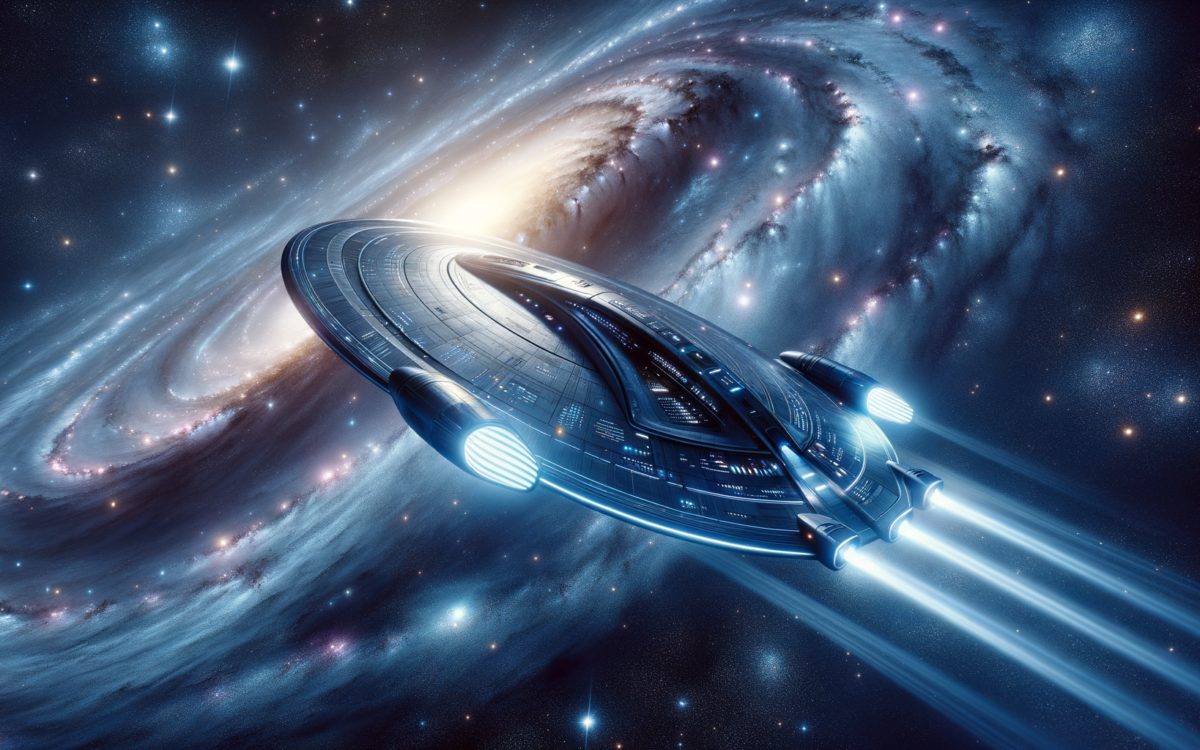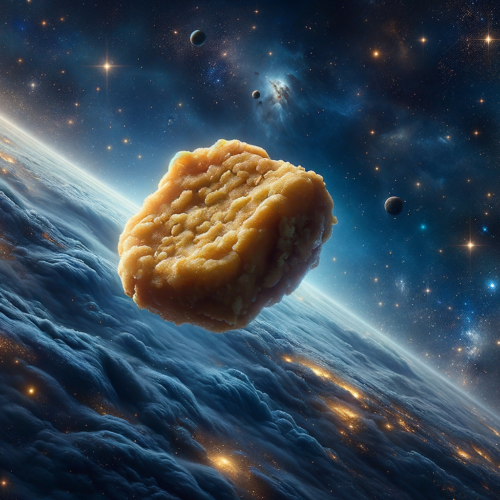Bridging the Gap: From Sci-Fi to Reality with Warp Drive Theories
- A group of scientists has developed “Warp Factory,” a new software to explore and reconcile the concept of warp drives from Star Trek with real-world physics.
- The software allows for the generation and refinement of warp drive designs, moving science fiction closer to science fact according to Gianni Martire, CEO of Applied Physics.
- The concept of warp drives was first mathematically modeled by physicist Miguel Alcubierre in 1994, suggesting faster-than-light travel is possible by manipulating spacetime, although it faces the significant hurdle of requiring negative energy.
Turning Fiction into Function
In a universe as vast and mysterious as ours, the question of “how to travel beyond our celestial neighborhood” constantly tickles the minds of earthlings. While science fiction has long teased us with the possibilities of warp drives, a brilliant consortium of scientists from Applied Physics has taken a giant leap towards making this a tangible reality. Their latest innovation, the “Warp Factory” software, is a testament to human curiosity and ingenuity, allowing us to simulate and scrutinize the complexities of warp drive theories.
Warp Speed Ahead
The dream of warp drive—a concept popularized by the voyages of the Starship Enterprise—has always danced on the edge of science fiction and scientific possibility. With the introduction of the “Warp Factory,” we’re inching ever closer to bridging that gap. Imagine, with just a few clicks, physicists around the globe can now craft, test, and refine their own versions of warp drives. It’s like having a cosmic wind tunnel at our fingertips, where the boundaries of imagination and reality blur.
The Alcubierre Blueprint
At the heart of our warp drive aspirations lies the groundbreaking theory proposed by Miguel Alcubierre. Picture this: a spacecraft enveloped in a bubble of spacetime—compressed in front and expanded behind—that glides faster than light itself. It’s a concept that challenges our current understanding of physics, primarily because it requires a form of energy that, well, doesn’t exist in our current scientific playbook. Yet, the mere thought that somewhere, in the vast expanses of the cosmos, such phenomena could naturally occur, sparks wonder and dreams of interstellar travel.
Where We Stand
The road to realizing warp drive technology is fraught with challenges, not least of which is the need for negative energy—a concept as elusive as it sounds. However, the ingenuity of earthlings knows no bounds. Theoretical models suggest that the collapsing of warp bubbles could emit detectable gravitational waves, a potential signature of advanced civilizations harnessing this technology. Should we one day catch such a wave, it might just signify that we’re not alone in our quest to break the cosmic speed limit.
Jon’s Take
As we embark on this thrilling journey from science fiction to science fact, it’s hard not to be awed by the potential of warp drive technology. “Warp Factory” is more than just software; it’s a beacon of hope for unlocking the mysteries of the cosmos. While the hurdles are high and the science complex, the pursuit of such technologies reminds us of the limitless potential of human curiosity and innovation. The truth isn’t just out there—it’s right here, in our relentless pursuit of understanding and exploration. So, let’s keep dreaming, designing, and daring to reach for the stars. Who knows? The next gravitational wave we detect might just be the welcome signal from our cosmic neighbors, inviting us to join them in the vast playground of the universe.
Original Article




